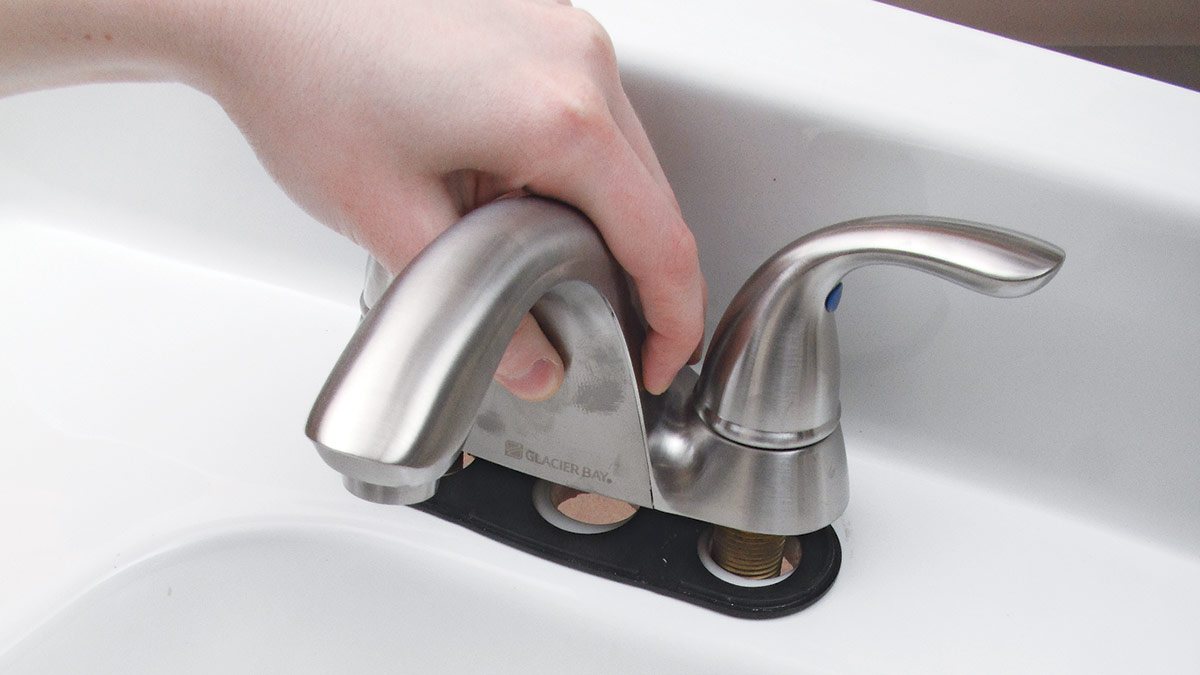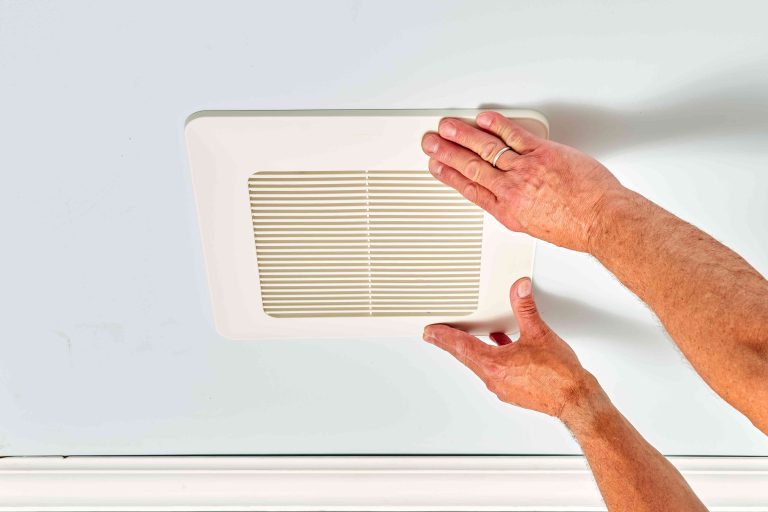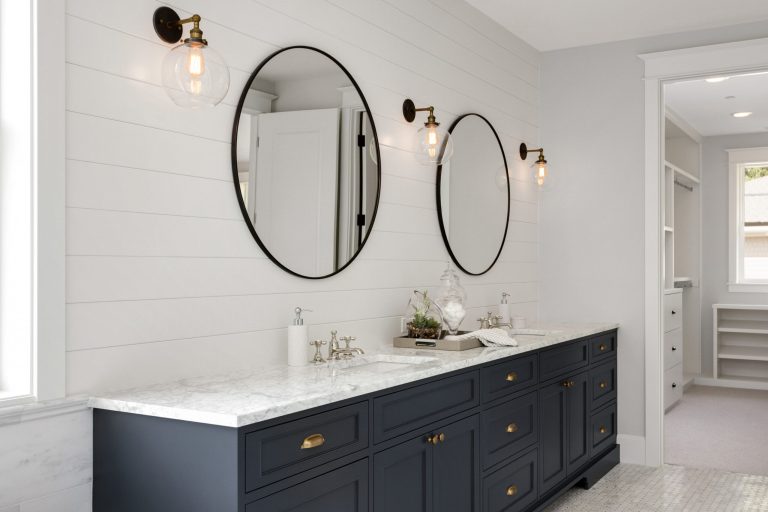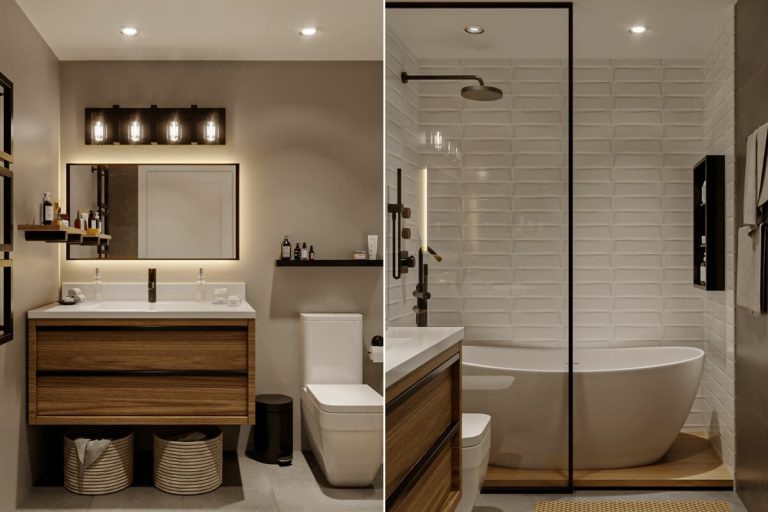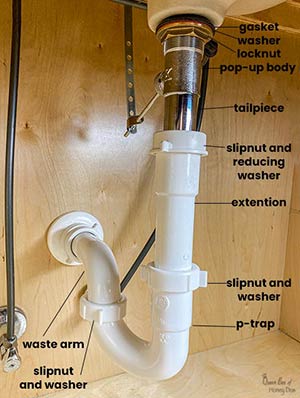Changing Bathroom Faucet
A bathroom faucet is an essential component of any bathroom, and when it is time to change or upgrade your current bathroom faucet, it can be a daunting task. Whether you are looking to switch out your existing faucet for a new look, or are getting a new faucet to replace an old one, there are several factors to consider when deciding which type of faucet to get. You will need to consider the size and shape of the sink, the type of material used, the installation process, and many other factors. With the right knowledge and guidance, you can easily find the perfect faucet for your bathroom.
Overview of Faucet Types
When it comes to changing a bathroom faucet, the first step is knowing what type of faucet you have installed. There are a few main types of bathroom faucets, each with its advantages and features. The most common types are compression, cartridge, and ceramic disc faucets.
Compression faucets are the most basic type and are operated by two handles that come together to turn the water on and off. They are relatively easy to install, but not as durable as other types.
Cartridge faucets are a step up from compression, featuring a single handle that operates a cartridge inside the faucet body. This type has a variety of styles and is relatively easy to install. They are also more durable and require little maintenance.
Ceramic disc faucets are the most advanced type. They feature two handles that operate an internal ceramic disc. They are more efficient, durable, and stylish than other types, but they are also more expensive and require more complicated installation.
It’s important to know what type of faucet you have before attempting to change it. Different types require different installation and repair techniques. Knowing the type of faucet you have can help you make sure the job is done right the first time.
Benefits of Installing a New Faucet
Installing a new bathroom faucet can help you save money, maintain a clean, modern aesthetic, and reduce the risk of water damage. A new faucet can also increase the water efficiency of your bathroom, making it easier to conserve water. Installing a new faucet can be a relatively easy job and, with the right tools and supplies, it can be done in a matter of hours.
The benefits of installing a new faucet include improved water efficiency, increased savings, and a modernized look. Upgrading to a more water-efficient model can help you save up to 20% on your water bill each month. And with a more contemporary design, you can make your bathroom look more modern and inviting. Furthermore, newer faucets are made with higher-quality materials, making them more durable and less prone to leaking.
Installing a new bathroom faucet is relatively straightforward and can be done in a single day. Make sure you have the right tools and supplies before starting the project, including a set of adjustable wrenches, a Phillips head screwdriver, and a basin wrench. Additionally, be sure to turn off the water supply before beginning the installation.
By upgrading to a new bathroom faucet, you can save money on your water bill, maintain a modern look, and reduce the risk of water damage. With the right tools and supplies, you can install a new faucet in a matter of hours.
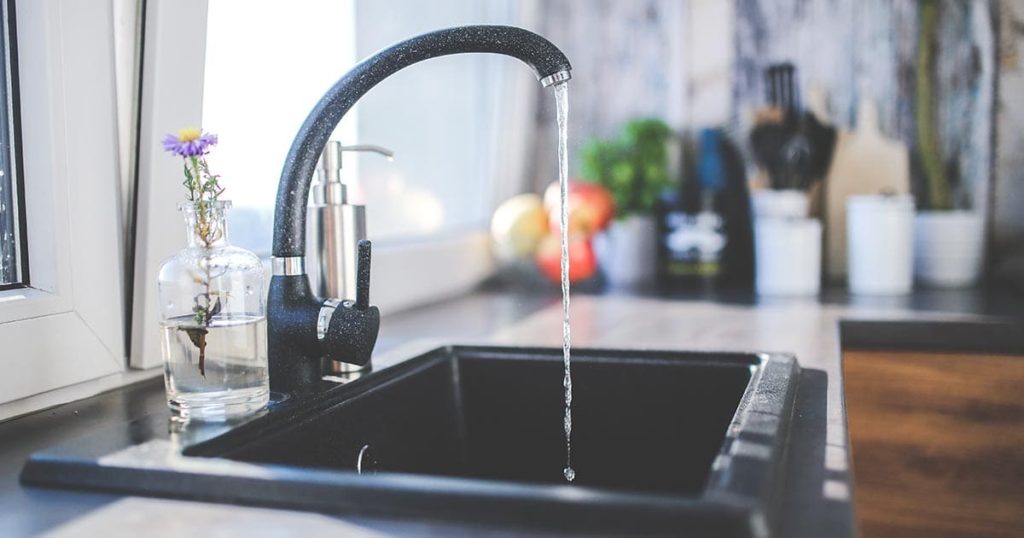
Credit: allamericanplumbingservices.com
Tools and Materials Needed for Installation
Installing a new bathroom faucet can be a daunting task, but with the right tools and materials, it can be done with ease. Before beginning, it’s important to have all the necessary components on hand to ensure a successful project. When it comes to replacing a bathroom faucet, you’ll need a basin wrench, a pair of pliers, a screwdriver, and a putty knife. You’ll also need a new faucet, a supply line, and a plumber’s putty. Additionally, you may need a basin washer and a few additional miscellaneous components.
Having the right tools and materials is essential for a successful bathroom faucet installation. Make sure you have everything you need before you begin and you’ll be sure to have a successful project.
Steps for Faucet Removal
Removing a bathroom faucet is an essential part of a bathroom upgrade or renovation. Fortunately, it’s also a relatively straightforward process. With the right tools and a bit of patience, you can easily replace your outdated faucet with a modern and stylish one. To help, we’ve outlined the steps to take when removing a bathroom faucet.
Begin by turning off the water supply to the faucet. This is done by turning the valves located underneath the sink counter. Then, you will need to remove the old faucet. This usually involves unscrewing the nuts located under the sink counter. Once these are removed, you can pull the faucet away from the sink. You may need to use a wrench to loosen the faucet if it’s stuck.
Next, you will need to clean up the sink counter and the surrounding area. Use a sponge and some warm water to remove any soap residue, dirt, and debris. Then, inspect the sink counter and the old faucet for any damage that may need to be fixed before installing the new one. Finally, you’re ready to install your new faucet. Follow the instructions that come with the faucet to attach the pieces to the sink counter. Once the new faucet is installed, turn on the water supply and test it to make sure it’s working properly.
Replacing a bathroom faucet doesn’t have to be a daunting task. With these simple steps, you can easily remove a faucet and replace it with a stylish and modern one. Remember to always use the right tools and follow the instructions that come with the faucet to ensure a successful installation.
Steps for Installing the New Faucet
Installing a new bathroom faucet can be a great way to give your bathroom an upgrade. Not only does it give your bathroom a fresh new look, but it can also save you money in the long run. Replacing an outdated and inefficient faucet can help cut down on your water bill and increase the value of your home. However, before you start, there are a few steps you should take to ensure a successful installation.
To start, make sure you have the right tools and materials for the job. You’ll need a basin wrench, adjustable pliers, a screwdriver, and, of course, the faucet itself. Additionally, you’ll need to turn off the water supply to your bathroom before you begin. Once everything is ready, you can begin the installation process.
First, remove the old faucet. This typically involves unscrewing the mounting nuts from underneath the sink. Then, disconnect the water supply lines from the faucet and unscrew the lift rod from the sink drain. After this, it’s time to install the new faucet.
Begin by attaching the new faucet to the sink. Use the basin wrench to secure the mounting nuts to the underside of the sink and connect the water supply lines to the faucet. Finally, reattach the lift rod to the sink drain and turn on the water supply.
Installing a new faucet can give your bathroom a much-needed makeover. With the right tools and materials, you can easily upgrade your bathroom in a few simple steps.
Tips for Finishing Touches
Finishing touches are the small details that make a big difference in the overall look of your bathroom. Installing a new faucet can transform the look and feel of your bathroom, but it’s the finishing touches that will make your bathroom stand out. Here are some tips for adding the perfect finishing touches to your newly installed bathroom faucet.
First, choose a faucet with the perfect finish for your bathroom. Consider how the finish will match the other fixtures, accents, and décor in the room. Once you have the perfect faucet, add accents like new towel holders, soap dispensers, and a matching mirror.
Next, choose accessories that will enhance the look and feel of your space. Add a shower curtain, rugs, and decorative pieces to give your bathroom a unique and personal touch. Choose a color palette and accessories that will complement and highlight the style of your faucet.
Finally, don’t forget to install a new faucet aerator. Not only will it improve the water pressure, but it can also help save on water consumption. When selecting a faucet aerator, look for one with a low flow rate and a high-efficiency rating.
By following these tips, you can add the perfect finishing touches to your newly installed bathroom faucet. With a few small changes, your bathroom will have a whole new look and feel.
Troubleshooting Common Issues
When it comes to changing a bathroom faucet, it can be a daunting task. Issues such as water leakage, incorrect installation, or the wrong faucet for your sink can all arise during the process. To avoid these issues, it is important to properly troubleshoot any problems that may arise. This article will discuss some common bathroom faucet issues and how to solve them.
Leaking is one of the most common problems with bathroom faucets. If the faucet is leaking, it may be due to incorrect installation or worn-out parts. To fix a leaking faucet, first, check the washers and gaskets for wear and tear and replace them as needed. If the issue is installation-related, the faucet may need to be removed and reinstalled correctly.
The wrong faucet for the sink can be another issue when changing a bathroom faucet. Before purchasing a faucet, make sure to measure the sink’s hole size and the distance between the mounting holes. If the faucet does not fit the sink correctly, it will not work properly and may cause water leakage.
If the sink handle is too tight, it can be difficult to operate the faucet. In this case, the valve seat may need to be adjusted. To do this, remove the handle and use a valve seat wrench to adjust the valve seat.
Finally, if there is a strange smell coming from the faucet, it may be due to mineral build-up in the faucet. To remove these deposits, use a vinegar-water solution and a soft-bristled brush to clean the faucet.
By understanding the common issues that may arise when changing a bathroom faucet, you can be better prepared to troubleshoot any problems that may occur. By following the tips outlined above, you can ensure that your bathroom faucet is installed correctly and functioning properly.
FAQs About the Changing Bathroom Faucet
How do I know if my bathroom faucet needs to be replaced?
If your faucet is leaking, corroded, or outdated, it might be time to replace it. Additionally, if you want to update the look of your bathroom, a new faucet can be a great way to do so.
What tools are needed to change a bathroom faucet?
A wrench, adjustable pliers, a basin wrench, and a set of screwdrivers are the primary tools you will need to change a bathroom faucet.
Is it difficult to change a bathroom faucet?
It is not particularly difficult to change a bathroom faucet, and most people can complete the task in an hour or less with the right tools.
Conclusion
Changing a bathroom faucet is a relatively simple task that can be done in a short amount of time. It is important to take the time to research the correct parts and tools needed for the job, as well as to use caution when working with water lines. Taking the time to properly complete the job will ensure that the new faucet is installed correctly and will last for many years to come.

